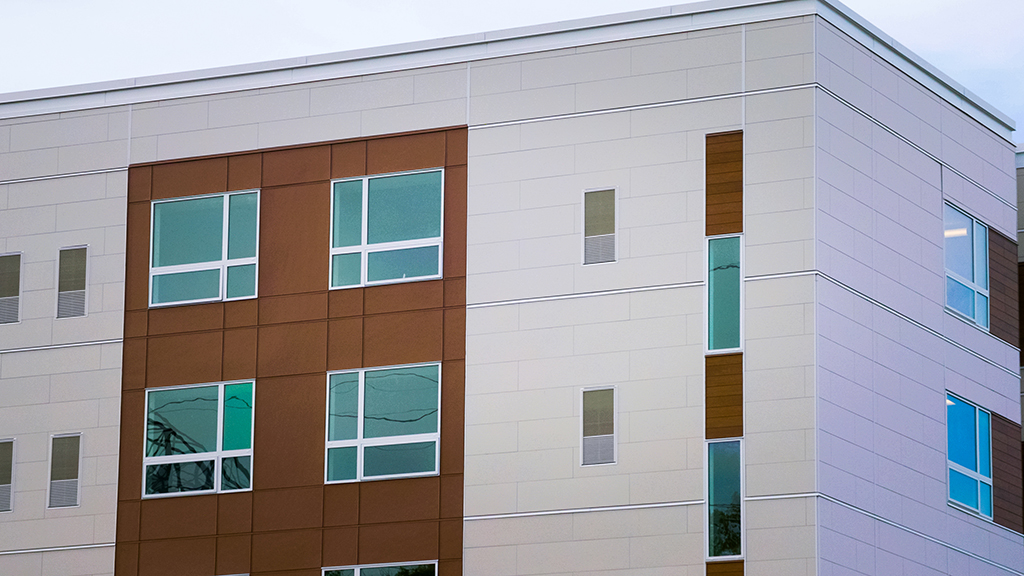This metric compares housing disparities by race, ethnicity and disability. The metric benchmarks housing outcomes for communities to the subpopulation with the best outcome to demonstrate the full extent of the disparity across populations. Disparities by race and ethnicity compare how frequently Indigenous, Black and households of color in Minnesota experience various housing issues compared to white Minnesotans.
Disparities by disability compare how frequently households in Minnesota with disabilities experience various housing issues compared to Minnesotans without a reported disability. A value of one represents a rate of the housing issue that is equal to that of the comparison population.
Having a Housing Problem: The share of households that experience one or more of the following housing issues compared to white Minnesotans or Minnesotans without a reported disability:
- Being cost-burdened (pay more than 30% of their income on housing costs),
- Being overcrowded (more than one person in the household per room), or
- Lacking a kitchen or plumbing.
All race and ethnicity categories are mutually exclusive (e.g. Black households are non-Latino). Disability categories reflect the six disability questions included in the American Community Survey (ACS). The data are from the five-year iPUMS samples of the American Community Survey (ACS).
Renting: The share of households that rent compared to white Minnesotans or Minnesotans without a reported disability. All race and ethnicity categories are mutually exclusive (e.g. Black households are non-Latino). Disability categories reflect the six disability questions included in the American Community Survey (ACS). The data are from five-year iPUMS samples of the American Community Survey (ACS).
Experiencing Homelessness: The share of people who experience homelessness compared to white Minnesotans or Minnesotans without a reported disability. The data are from the Point-in-Time (PIT) Count and one-year iPUMS sample of the American Community Survey (ACS).
Prior to the 2024 count, the PIT data reported race and ethnicity categories separately (e.g. Black households include those that are Latino). Beginning in 2024, the PIT data included enough detail to report race and ethnicity data as mutually exclusive categories (e.g. Black households are non-Latino).
The PIT count of individuals with chronic homelessness is used as a proxy for individuals with a disability experiencing homelessness. HUD defines chronic homelessness as individuals with disabilities who experience homelessness for at least a year or experience at least four episodes of homelessness that add up to at least 12 months during the last three years. Chronic homelessness underrepresents people with disabilities experiencing homelessness because it excludes people who do not experience extended or repeated episodes of homelessness as defined by HUD.
The PIT count was not conducted statewide in 2021 due to the COVID-19 pandemic. Local communities conduct the PIT count, and variations in collection methods can result in year-to-year fluctuations for race and ethnicity.
